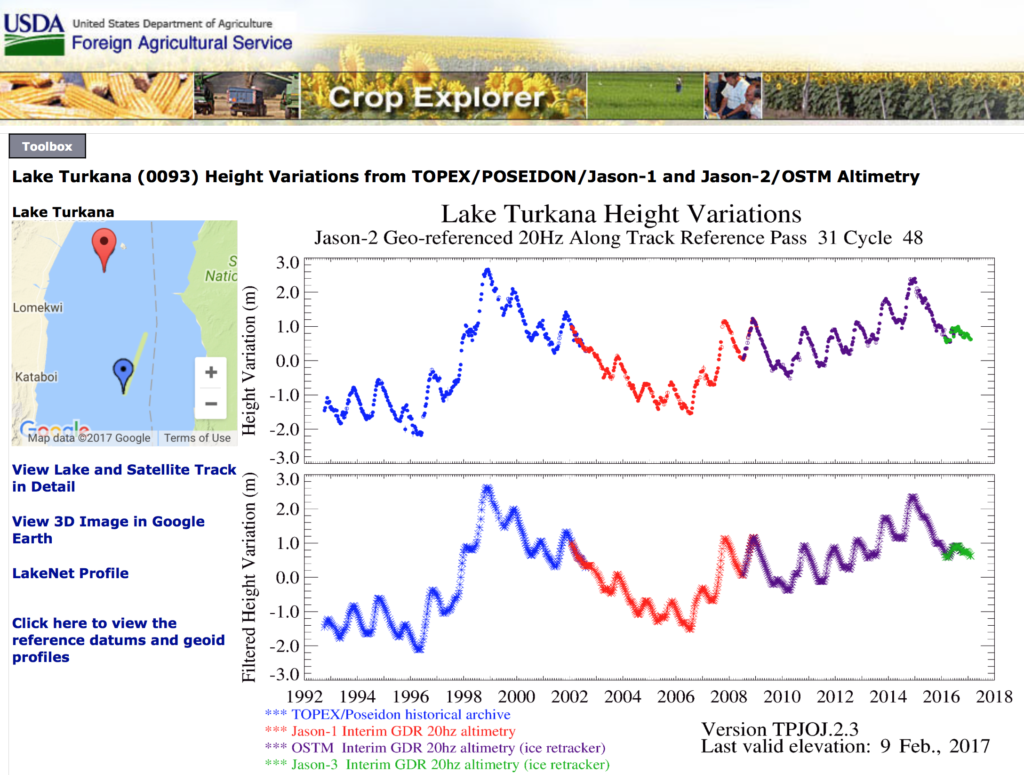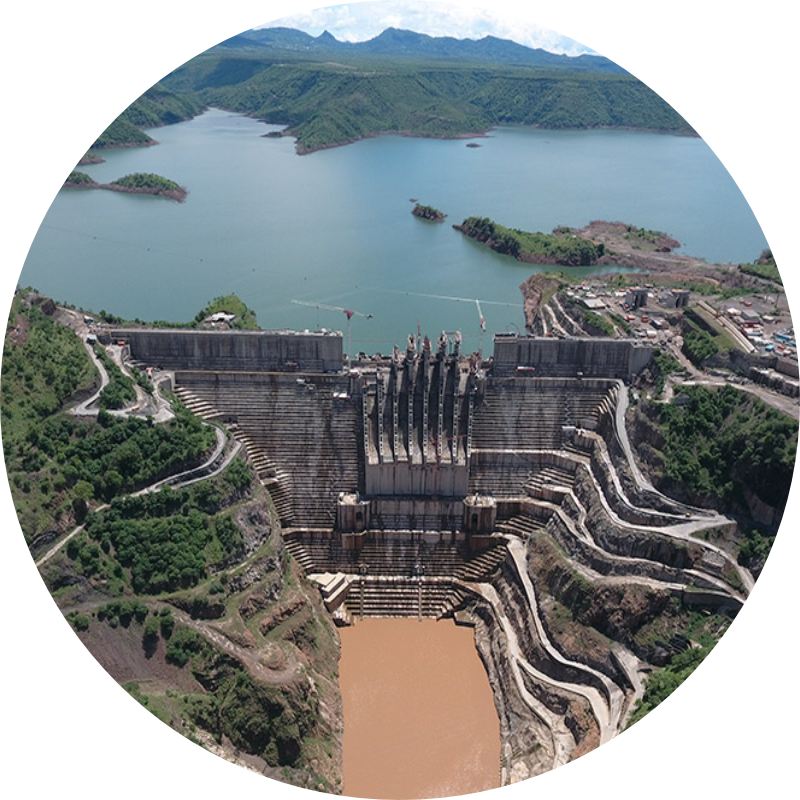Human Rights Watch published an article this week, repeating its claims that the Gilgel Gibe III Dam and the ongoing plantations along the Omo River Valley were negatively affecting the water levels of Lake Turkana. HRW alleges that the Gilgel Gibe III hydropower dam has resulted in Lake Turkana’s water levels by approximately 1.5 m since January 2015. It goes on to speculate, without any evidence that further reductions are likely, and it then claims that the further drop in lake levels that it predicts will seriously affect food supplies in the area.
In order to support these allegations, it tried to cite but inaccurately a publicly available data from the United States Department of Agriculture (USDA). According to the article, Lake Turkana’s water levels have dropped by approximately 1.5 meters since January 2015, and professed that further reduction is likely without urgent efforts to mitigate the impact of Ethiopia’s actions.
Using the same available data and additional facts this article argues that Gibe III hydropower plant has been positively contributing for the maintenance of the average water level at Lake Turkana even in the driest years of 2015 and 2016.
In the year 2015 the water level of Lake Turkana declined from +2.1m to +0.7m over long term average lake level. In the same period Gibe III impounded 7,850 million m3. In the year 2016, the water level of Lake Turkana declined further 0.2 m, from +0.7m to +0.5 m again over the long term average lake level. Such a reduction, though within the natural variability of the lake, happened during the dry years of 2015 and 2016. In spite of this fact, the wise management of Gibe III hydropower plant that made possible the artificial release through the Middle Level Outlets designed specifically for this purpose helped Lake Turkana level to remain about constant all round the year 2016 and, surprisingly with a slight increase, during October 2016.
Normally, Lake Turkana levels decrease from November onwards, towards a minimum in April. However, in 2017 the reduction is expected to be less than usual. This is because Gibe III’s turbines are operating, on the average, at twice the value of the incoming flow of the Omo River to the reservoir.
Therefore, the alleged causal links between developments in Ethiopia, especially the hydropower plant, and drop in water level of Lake Turkana is unsubstantiated, if not problematic. This confirms yet again how Ethiopia’s development, as it is clearly outlined in its Climate Resilient Growth Strategy, is in alignment with the protection and conservation of the environment!
Source: MFA Ethiopia





